Tarpon are one of the most iconic and coveted game fish for anglers around the world. These large, powerful fish put up an incredible fight when hooked, making them a bucket list species for many anglers.
However, tarpon numbers have declined over the years due to various threats. This has led to increased regulations and protection for these incredible fish.
You might also be interested in reading: Can you eat Tarpon?
Table of Contents
Reasons for Tarpon Protection
There are several key reasons why tarpon are now a protected species in places like Florida:
- Vulnerability to overfishing – Tarpon are long-lived but slow growing. They take many years to reach maturity. This makes them vulnerable to overfishing. Without proper regulations, tarpon populations can quickly become depleted.
- Importance to the ecosystem – As a top predator, tarpon play a critical role in the food chain. They help regulate populations of smaller prey species. Declines in tarpon numbers can threaten the balance of the ecosystem.
- Economic significance – Tarpon fishing brings in significant revenue through recreational fishing tourism. Protecting tarpon means preserving this important economic resource. Many local communities depend on tarpon fishing revenue.
- Threats from habitat loss and climate change – Tarpon depend on very specific habitats like mangroves and seagrass beds. Loss of these habitats due to development and pollution threatens tarpon. Climate change also alters ocean temperatures and acidity levels in tarpon habitats.
Tarpon Fishing Regulations in Florida
In Florida, tarpon fishing is governed by the following regulations:
- Tarpon is catch-and-release only. Tarpon may not be harvested without a special permit.
- Tarpon over 40 inches may not be removed from the water. Doing so can lead to fines.
- Only hook-and-line fishing allowed. No snagging, spearing or multiple hooks.
- Tarpon should be handled carefully and released quickly to maximize survival chances.
| Type of Regulation | Description |
|---|---|
| Harvest Regulations | – No harvest allowed without a special permit – Removal from water only allowed for fish under 40 inches |
| Legal Fishing Methods | – Hook and line fishing only – No snagging, spearing or multiple hooks allowed |
| Safe Handling Practices | – Use proper tackle to minimize fight time – Handle fish carefully and minimize air exposure – Revive fish before release by moving it slowly to pass water over gills |
These regulations aim to protect tarpon populations and ensure sustainable fishing practices. Violating them can lead to fines and penalties.
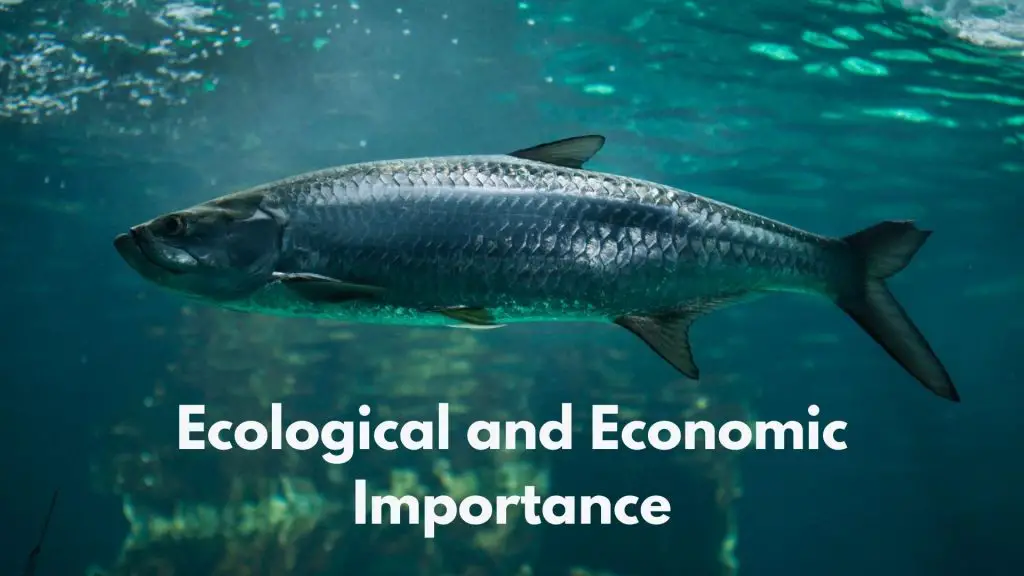
Ecological and Economic Importance
Tarpon provide both ecological and economic benefits, further highlighting the need for their protection:
Ecological Significance
- As apex predators, tarpon help regulate prey species and maintain balance in the marine ecosystem.
- Tarpon serve as an indicator species of ecosystem health. Declining tarpon numbers signal problems in the ecosystem.
- Tarpon migrations transport nutrients between coastal and offshore habitats.
Economic Significance
- A powerful game fish, tarpon support a lucrative recreational fishing industry.
- Tarpon fishing generates millions in revenue for local communities through tourism, fishing charters, equipment sales, etc.
- Commercial fishing operations can depend on tarpon populations to maintain a key source of income.
Protecting tarpon thus protects both the ecosystem and local economies depending on tarpon populations.
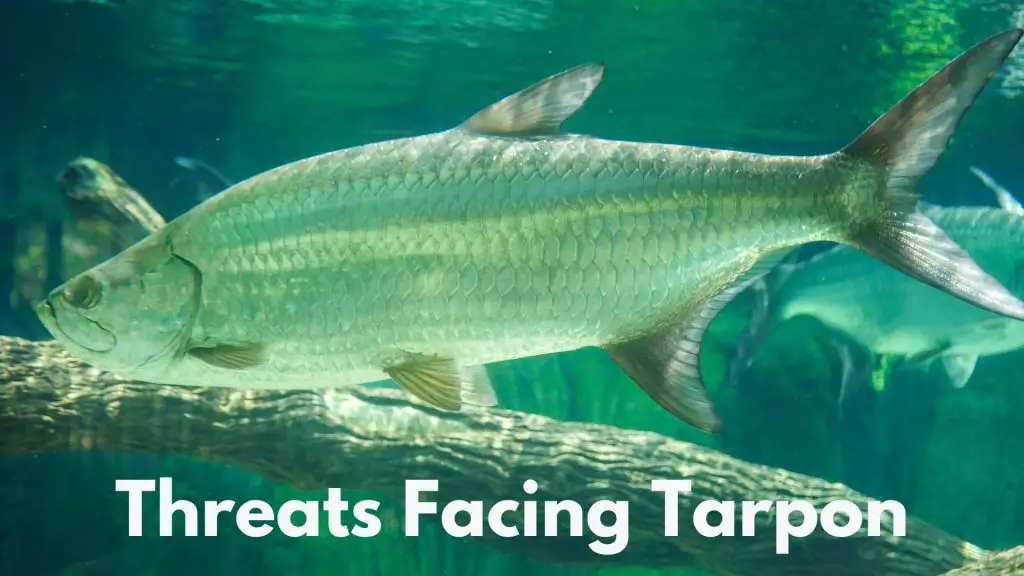
Threats Facing Tarpon
Several major threats have contributed to declining tarpon populations:
Overfishing
Recreational anglers prize tarpon for their fighting power. Commercial fisheries harvest them for food. Without regulations, overfishing can rapidly decimate tarpon numbers.
Habitat Loss and Degradation
Development, pollution, and human activity can degrade or destroy key tarpon habitats like mangroves and seagrass beds. This disrupts their natural behaviors.
Climate Change
Rising ocean temperatures, acidification, changing currents, and severe weather events are impacting tarpon survival and behavior.
Combined, these threats lower tarpon numbers and make protecting them vital.
Benefits of Tarpon Protection
Protecting tarpon populations provides numerous conservation and economic benefits:
- Preserves balance in the marine ecosystem.
- Maintains tarpon numbers for future generations.
- Safeguards key habitats like mangroves and seagrass beds.
- Allows continued recreational and commercial fishing opportunities.
- Protects revenue generated by tarpon fishing tourism.
- Provides jobs for fishing guides, equipment retailers, harbormasters, etc.
Sustainable Fishing Practices
Recreational anglers can help protect tarpon by following these sustainable fishing methods:
- Use circle hooks or barbless hooks to minimize injury.
- Avoid live bait which increases chances of deep hooking.
- Use heavy tackle to land fish quickly and reduce fight time.
- Handle tarpon gently to avoid damaging their slime layer.
- Keep tarpon in the water when taking photos.
- Revive fish by slowly moving them to pass water over their gills.
Following these best practices allows anglers to enjoy tarpon fishing while also protecting the future of these iconic fish.
Conclusion
Tarpon are amazing game fish that also play a crucial ecological and economic role where they live. However, years of threats have depleted their numbers. Strict fishing regulations and habitat protections are now essential to preserving tarpon populations. Sustainable fishing practices allow anglers to fish for tarpon responsibly and do their part for conservation. With proper management, tarpon can continue thrilling anglers while maintaining healthy, thriving numbers.

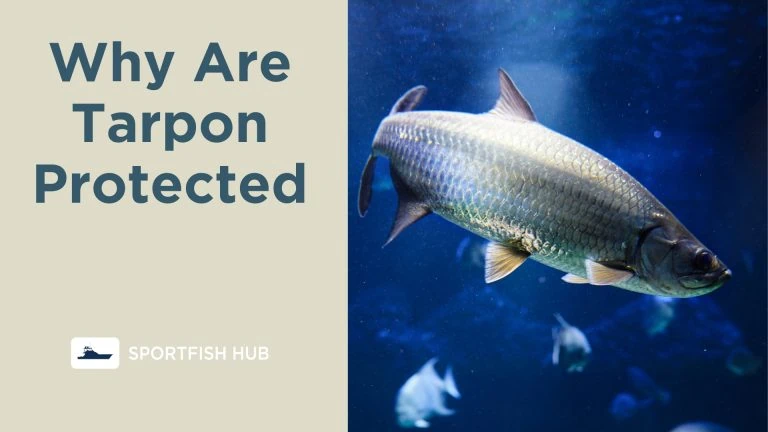


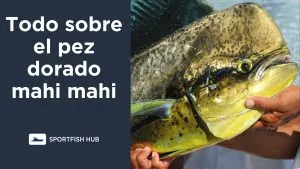
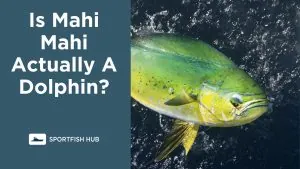
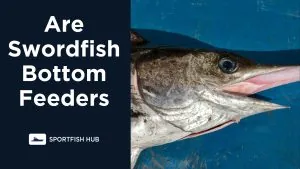






One Response
climate change my ass!!
dont be spewin that nonsense for a reason. Tarpon have been here for millions of years before man and had to deal with natural, everyday changes that happens on earth.
you bunch of woke fools. man made climate change is an Al Gore lie.